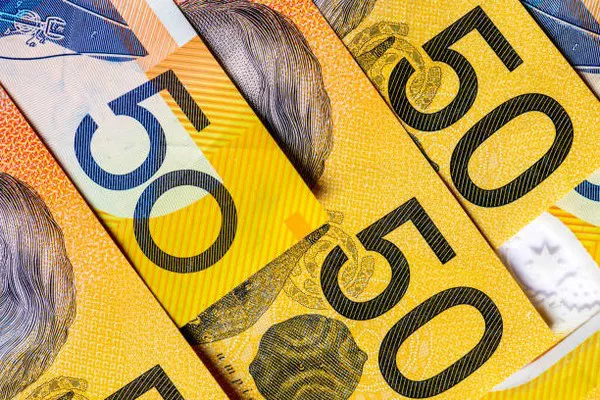Currency holds more than just monetary value; it’s often imbued with historical significance, cultural symbolism, and even collector’s value. In Australia, the $50 note is a staple in everyday transactions, but what about its older counterparts? Are old Australian $50 notes worth anything beyond their face value? In this article, we delve into the intricacies of old Australian $50 notes to uncover their potential value, both monetary and historical.
Historical Overview:
The Australian $50 note has undergone several design changes since its introduction. The first series, issued in 1973, featured portraits of Aboriginal author and inventor David Unaipon and Australia’s first female parliamentarian, Edith Cowan. Subsequent series introduced new security features and design elements, including portraits of Indigenous Australian writer and inventor David Unaipon and Australia’s first female member of parliament, Edith Cowan. These notes were gradually replaced by updated designs to incorporate advanced security features and deter counterfeiting.
Monetary Value:
Determining the monetary value of old Australian $50 notes depends on several factors, including their condition, rarity, and demand among collectors. Generally, notes in uncirculated condition or those with unique serial numbers, printing errors, or historical significance command higher prices in the collector’s market.
Condition: The condition of a banknote significantly impacts its value. Notes in mint condition, free from folds, creases, stains, or other damage, are highly sought after by collectors and often command premiums.
Rarity: The rarity of a particular series, year, or printing run can influence its value. Limited production runs, commemorative editions, or notes with low serial numbers may fetch higher prices due to their scarcity.
Serial Numbers: Unique or sequential serial numbers, especially those with patterns or special significance, can increase the value of a banknote. Collectors often seek notes with low or repeating numbers, binary patterns, or numbers corresponding to significant dates.
Printing Errors: Banknotes with printing errors, such as misalignments, double impressions, missing or extra ink, are considered rare and valuable to collectors. These errors are typically the result of manufacturing defects and add to the note’s allure.
Historical Significance: Notes associated with significant events, figures, or milestones in Australian history may have enhanced value to collectors. For example, first or last series notes, commemorative editions, or those featuring prominent individuals can attract interest beyond their face value.
Collectibility:
Old Australian $50 notes have gained popularity among numismatists and collectors for their historical significance and unique design elements. Collectors often seek out specific series, variations, or complete sets to add to their collections. Additionally, the aesthetic appeal of banknotes, with their intricate artwork, security features, and cultural symbolism, contributes to their allure as collectible items.
Investment Potential:
While old Australian $50 notes can hold significant value to collectors, their investment potential should be considered carefully. Like any collectible item, the value of banknotes can fluctuate based on market demand, economic conditions, and changing consumer preferences. While some notes may appreciate in value over time, others may remain relatively stable or decline in worth.
Tips for Collectors:
For collectors interested in acquiring or investing in old Australian $50 notes, here are some tips to consider:
Research: Familiarize yourself with the different series, variations, and historical context of Australian banknotes. Understanding the nuances of each note can help you make informed purchasing decisions.
Authentication: Ensure the authenticity of banknotes by purchasing from reputable dealers, attending numismatic events, or seeking certification from professional grading services.
Preservation: Protect the condition of your banknotes by storing them in archival-quality holders, away from direct sunlight, moisture, or extreme temperatures.
Diversification: Diversify your collection by acquiring notes from various series, denominations, or countries. A diverse collection can mitigate risk and enhance the long-term value of your investment.
Patience: Building a valuable collection takes time and patience. Be prepared to wait for the right opportunities to acquire sought-after banknotes at favorable prices.
Conclusion:
Old Australian $50 notes possess more than just face value; they embody the rich history, culture, and artistry of the nation. While their monetary worth may vary based on condition, rarity, and demand among collectors, these banknotes hold enduring value as tangible artifacts of Australia’s past. Whether you’re a seasoned numismatist or a novice collector, exploring the world of old Australian banknotes offers a fascinating journey into the intersection of art, history, and finance.


